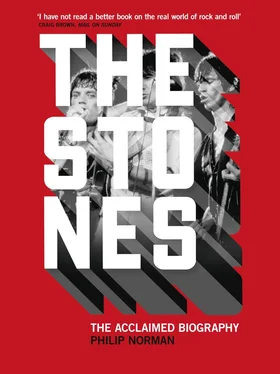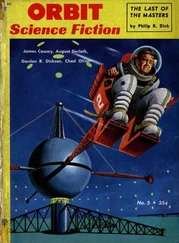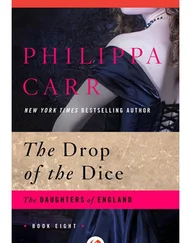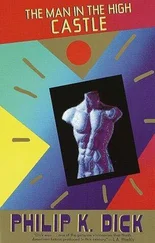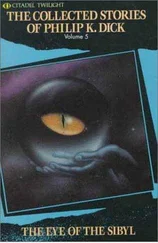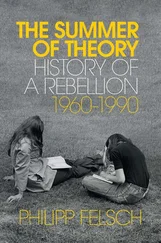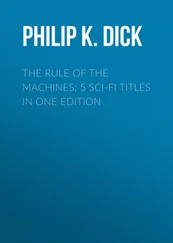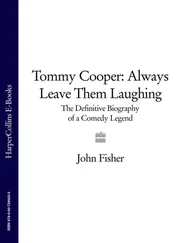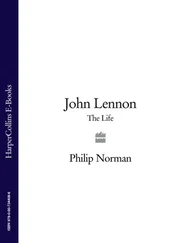What few newspaper reports of their coming had appeared in America all picked up from the line from Associated Press – that the Stones’ chief characteristic as a group was barely believable ‘dirtiness’. The only exception was Vogue , a magazine then under the inspired editorship of Diana Vreeland. Vogue devoted a full page to David Bailey’s portrait of Mick Jagger, looking upward from his penny-round collar with big-eyed, schoolboyish winsomeness. ‘To the inner group in London, the new spectacular is a solemn young man, Mick Jagger,’ Vogue reported. ‘For the British, the Stones have a perverse, unsettling sex appeal, with Jagger out in front of his team-mates … To women, he’s fascinating, to men a scare … quite different from the Beatles, and more terrifying.’
The scene at John F. Kennedy airport, when the Stones landed on June 2, was all too obviously an attempt to recreate the Beatles’ famous touchdown four months earlier. A crowd, numbering hundreds rather than thousands, screamed somewhat wanly as a bevy of girls came forward to greet the arrivals, accompanied by four symbolically shaggy Old English sheepdogs. The screams were over well before the Stones entered the terminal, watched by US Customs and Immigration officials whose thunderstruck revulsion suggested them to be irregular readers of Vogue . That first walk down the synthetic red carpet unloosed, on every side, a cry which would be repeated in scales of horror and derision throughout almost every state in the Union: ‘Why dontcha get ya goddamned hair cut?’
With no hit single to their credit, the Stones merited scant promotional help from their US record label, London. It was left to Andrew Loog Oldham to whip up a rather pallid semblance of the Beatles’ celebrated imprisonment inside the Plaza Hotel. The London Daily Mirror , next day, was persuaded to run a story that the Rolling Stones were barricaded inside their – much less grand – Manhattan hotel for fear of girls with nail scissors, threatening to cut off lumps of their hair. The tale was rather spoiled by an agency picture of Brian Jones strolling down Broadway in a loose silk shirt and sleeveless bolero but producing no more public reaction than any other freak encountered at noon in midtown Manhattan.
For the Stones’ American TV debut, Oldham could arrange nothing grander than the Les Crane programme, an obscure talk show transmitted in competition with the Late Late Movies, whose semi-somnabulistic host contrived such penetrating questions as ‘You guys all dress different – how come?’ ‘Because we are all different persons,’ Mick Jagger answered in the lisping public school accent he had adopted for transatlantic use.
Worse was to come in Los Angeles two nights later, when the Stones appeared on Dean Martin’s Hollywood Palace TV show, sharing the bill with circus elephants, acrobats and rhinestone-studded cowboys. As the show was pre-recorded in separate segments, the Stones could not know that Dean Martin’s script was full of ponderous attempts to be funny at their expense. ‘Their hair isn’t long,’ quipped the crooner. ‘It’s just smaller foreheads and higher eyebrows …’ ‘Now don’t go away, everyone,’ he pleaded humorously as the show broke for commercials. ‘You wouldn’t want to leave me with these Rolling Stones, would you?’ Later, introducing a trampolinist, Martin quipped, ‘That’s the father of the Rolling Stones. He’s been trying to kill himself ever since.’
The West Coast pop fraternity, by contrast, provided good friends and still better object lessons. As protégés of Phil Spector, the Stones were received as VIPs in what was, after New York, the world’s recording capital. Spector’s advice to Oldham at the Not Fade Away session had been to get the Stones with all speed into an American recording studio. In addition to touring, they were booked for a session at RCA’s Hollywood studio and, later in Chicago, at Chess Records, the self-same studios used by Chuck Berry, Muddy Waters and virtually every other blues master they had ever idolized.
A good friend on the West Coast was Sonny Bono, soon to find fame with his wife as Sonny and Cher, but at this time merely an energetic music PR and promotion man. ‘Sonny met us at the airport in these way-out clothes – striped trousers and scarves and bangles,’ Oldham says. ‘The Stones had never seen clothes like that before. When Sonny opened the boot of his car, there were stacks of records in there – about a thousand. That blew our minds as well. In England, you never saw the records like that, actually on their way to the punters.’
From the West Coast, the Stones embarked on what was not so much a tour as a series of random one-nighters, booked by Eric Easton in London, often with no knowledge of the event, the promoter or the venue. Their first American performance, at San Bernardino on July 5, was in an old-fashioned pop jamboree, sharing the bill with Bobby Goldsboro, Bobby Vee and the Chiffons. Here, the omens seemed promising. They easily outplayed their competition and finished their show fronted by kneeling, crash-helmeted police to fend off hundreds of entreating arms. ‘It was a straight gas that night,’ Keith remembers. ‘The kids knew all the songs and sang along with them. Especially when we got to Route 66 – they roared out ‘San Bernardino’ like a football crowd.’
That euphoria was to be short-lived. At the Stones’ next date – a ‘teen fair’ in San Antonio, Texas – they were required to play standing on the edge of a water tank full of trained seals. In a 20,000 capacity arena, only a few hundred seats were filled. The London Daily Mirror reported that the Stones had been booed – although an acrobatic act and a performing monkey on the same bill were both called back for encores. The Mirror quoted a local seventeen-year-old’s scornful remark about the ‘New Beatles’: ‘All they’ve got that our school groups haven’t got is hair.’
In Omaha, Nebraska, the arrival of the New Beatles was taken ludicrously in earnest. The Stones were met at the airport by a squad of twelve motorcycle cops and delivered, with wailing sirens, to a 15,000-seat auditorium where approximately 600 people awaited them. ‘We couldn’t see it at the time, but all that was really doing us some good,’ Keith says. ‘In England, we’d been used to coming onstage, blasting off four numbers and going. America, that first tour, really made us work. We had to fill up the spaces somehow.’
In New York and Los Angeles, the Stones had seemed wild enough. In the American Midwest in 1964, their effect was literally traumatizing. Incredulous revulsion, on the faces of policemen, town sheriffs, hotel clerks and coffee-shop waitresses, greeted them wherever they went. ‘I’ve never been hated by so many people I’ve never met as in Nebraska in the mid-Sixties,’ Keith says. ‘Everyone looked at you with a look that could kill. You could tell they just wanted to beat the shit out of you.’
* * *
The bright spot of their journey was to be their recording session at Chess Studios in Chicago. Oldham had been determined not to waste this precious opportunity on run-of-the-mill r & b material, and had succeeded in finding the Stones a first-class soul song to record at Chess as their next single. The song, It’s All Over Now, had already been a minor hit for its composer Bobby Womack and his group the Valentinos. The publishing rights, Oldham learned, were controlled for Womack by his business manager, a New York accountant named Allen Klein.
Chicago was all but poisoned for the Stones by the spectacle of themselves on the Hollywood Palace TV show, recorded a week previously. Even after doing the show, they had not realized the extent to which they had been just fodder for Dean Martin’s boozy jokes. Jagger was particularly outraged that they should have been set up as stooges, and at once telephoned Eric Easton in London to scream at Easton for having booked the spot. In fact, as Oldham said, the Stones probably gained fans as a result of Martin’s behaviour.
Читать дальше
